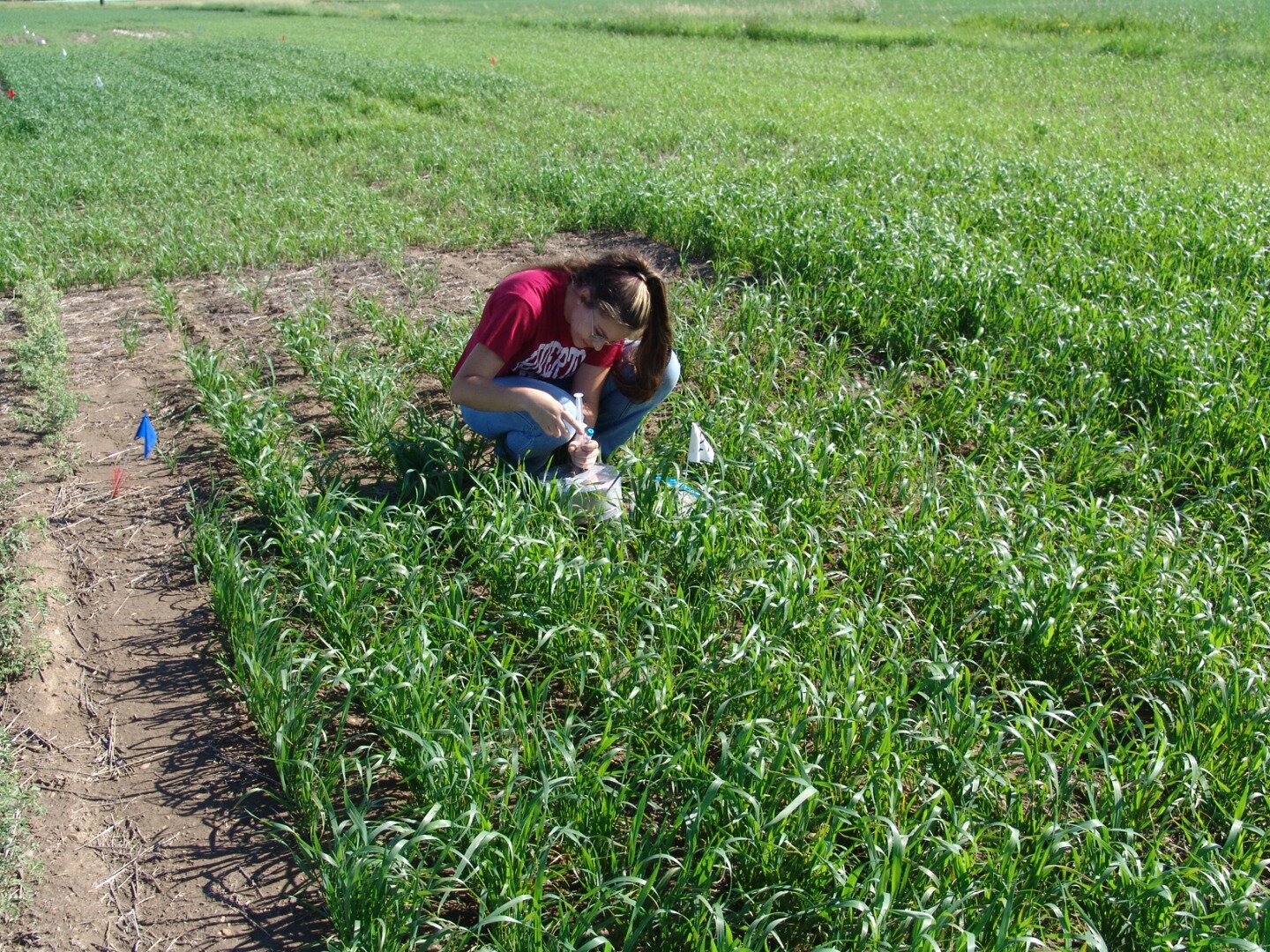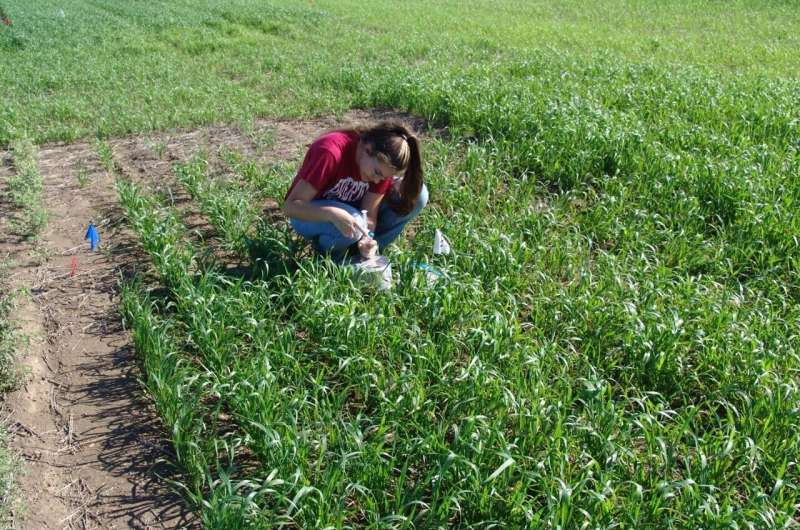

Scientists at the USDA’s Agricultural Research Service (ARS), Northern Plains Agricultural Research Laboratory (NPARL), in Sidney, Montana, completed a study that shows the use of continuous cropping systems can better sustain crop yields while reducing greenhouse gas (GHG) emissions in semi-arid regions.
NPARL research scientists Upendra M. Sainju, Brett L. Allen, and Jalal D. Jabro evaluated the effect of three long-term (34-year project) dryland cropping systems on GHG emissions and crop yields in the U.S. northern Great Plains. The objective was to evaluate improved cropping systems like continuous cropping, which involves growing crops annually and eliminating the summer fallow (unplanted field) period, for GHG emissions and sustainable crop yields in dryland conditions.
“The study revealed that long-term no-till continuous cropping systems can reduce GHG emissions while sustaining crop yields compared to the conventional till crop-fallow system, which is the traditional two-year crop rotation of dryland farming in the Northern Great Plains,” explained Sainju.
As the demand for agricultural production increases, it is becoming more important to mitigate GHG emissions from croplands. Certain cropping systems, management practices, and use of nitrogen-based fertilizers add to the total emissions of N2O (nitrous oxide) and CH4 (methane) that contribute to the approximate 10 percent of the total GHG emissions coming from the agricultural sector.
Implementing innovative agricultural strategies that can maintain or increase crop yields while reducing GHG emissions has become critical. This is especially important in arid and semi-arid regions, which make up one-third of the global arable land and account for a significant portion of GHG emissions coming from crop production.
Scientists conducted the study on three different dryland cropping systems that had been producing crop yields and affecting soil health for 34 years. The three systems included no-till continuous spring wheat, no-till spring wheat-pea, and conventional till spring wheat-fallow.
The study tested N2O and CH4 gas emissions twice a week to once a month throughout the year and analyzed carbon sequestration rates from 2012 to 2019 and crop yields, GHG balance, and yield-scaled GHG balance from 2016 to 2018.
Overall, the no-till continuous cropping systems reduced net GHG balance by 66–149% compared to the conventional till crop-fallow system.
In looking at the two no-till continuous cropping systems studied, Sainju noted, “Although the no-till continuous nonlegume cropping increased carbon sequestration rate and reduced GHG balance and yield-scaled GHG balance, it reduced crop yield due to increased weed and pest pressure and enhanced soil acidity compared to the no-till legume-nonlegume rotation.
“Therefore, no-till legume-nonlegume rotation is an ideal cropping system to enhance crop yield and reduce GHG emissions compared to no-till continuous nonlegume cropping system in dryland cropping systems of the U.S. northern Great Plains.”
The study is part of USDA-ARS ongoing long-term research on dryland cropping systems. Details about the latest study can be found in the Journal of Environmental Quality.
More information:
Upendra M. Sainju et al, Long‐term continuous cropping reduces greenhouse gas emissions while sustaining crop yields, Journal of Environmental Quality (2024). DOI: 10.1002/jeq2.20627
Provided by
Agricultural Research Service
Citation:
Scientists seek a balance between crop production and protecting the environment (2024, September 19)
retrieved 19 September 2024
from https://phys.org/news/2024-09-scientists-crop-production-environment.html
This document is subject to copyright. Apart from any fair dealing for the purpose of private study or research, no
part may be reproduced without the written permission. The content is provided for information purposes only.